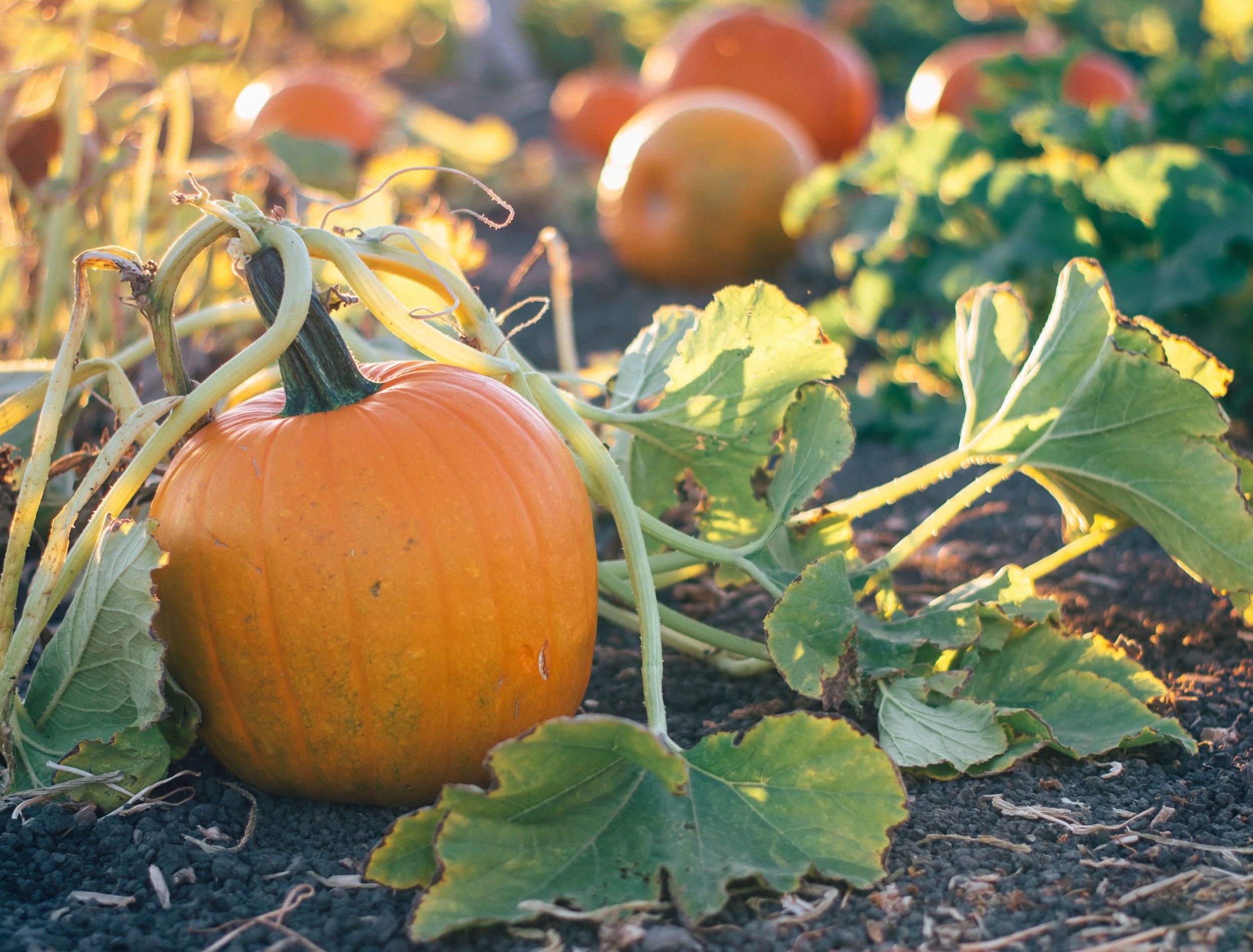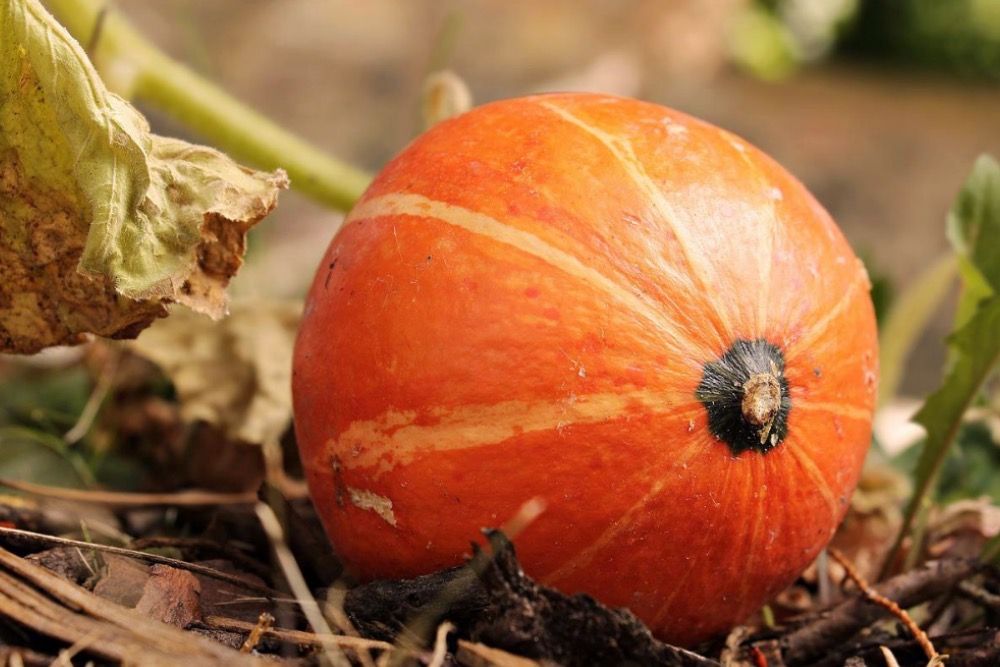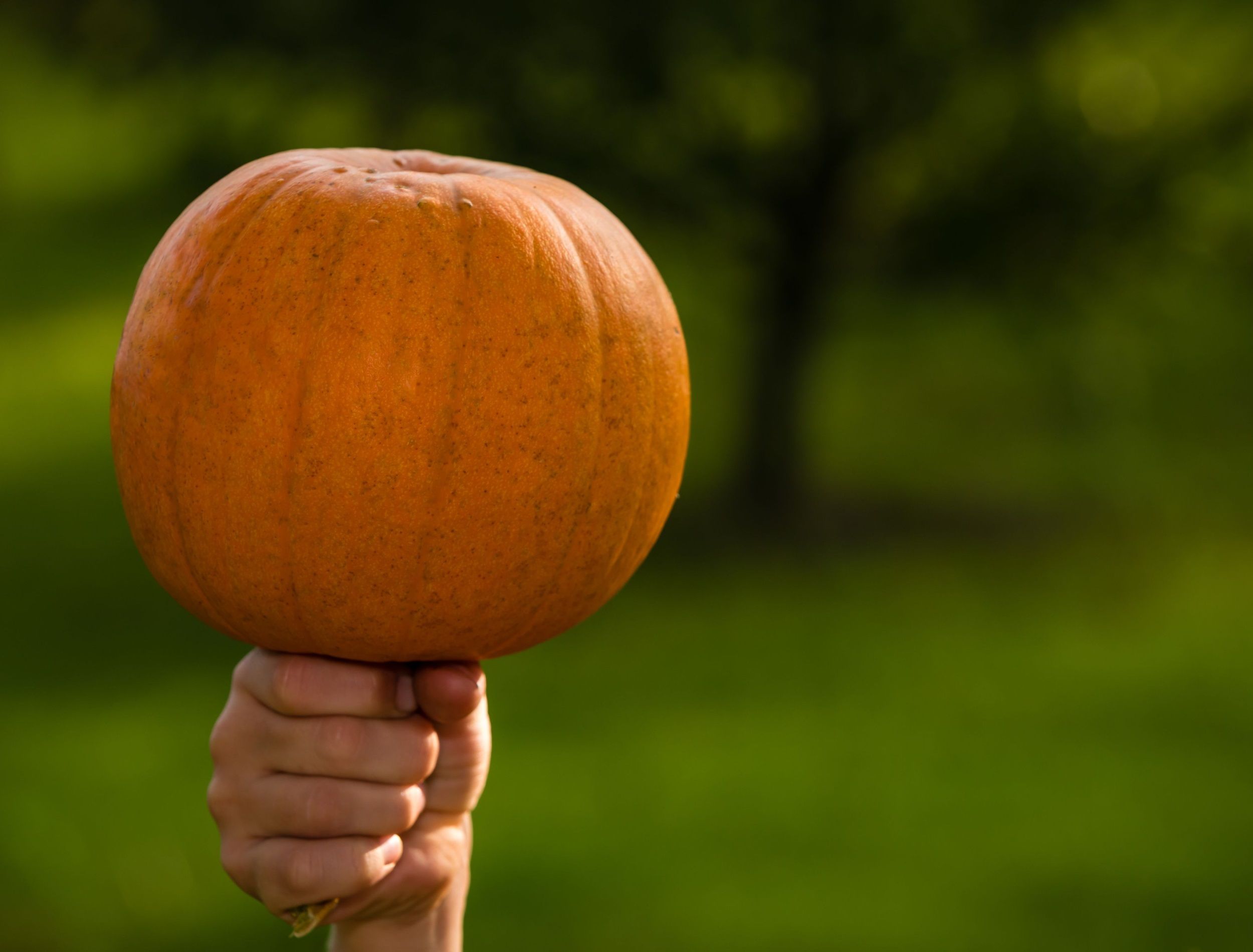Fall is here! Halloween decor, sweater season, and spiced hot lattes are back, and nothing captures the essence of autumn better than pumpkins. You can add its fleshy pulp to soups, curries, and pies. Not only does it taste delicious, but the squash is an excellent source of nutrition. What's more, pumpkins are incredibly easy to grow, meaning you won't have to spend plenty of time taking care of them.
Whether you'd like to grow them for food, munch on their seeds, or carve up some Jack-o-lanterns with your family, starting your pumpkin patch is a rewarding endeavor. Keep reading to learn everything about growing pumpkins!
How to Grow Your Pumpkin
Image credit: Ikebana Art-studio via Shutterstock
Step 1 - Ensure the Right Soil Type
As with most plants, pumpkins demand high-quality soil to flourish. It's best to plant them in organic, well-drained, rich in nutrients, and sandy soil. Check whether your soil meets these conditions before you begin your journey of growing pumpkins.
You can also inspect the health of your soil by running a soil test. It will help you understand if your soil requires the addition of fertilizers.
Ensure that the soil's pH level ranges anywhere from 6.0 to 6.8. You may add fertilizers and organic compost a few weeks prior, depending on the demand of your soil. Add the right combination of organic matter to the top 6 inches of the soil, tilling it as you go. Always make sure to the ground for proper pumpkin growth.
Step 2 - Plant a Seed or Transplant
The good thing about pumpkins is that you can cultivate them from seed or transplant. Choose depending on your expertise with seed cultivation or transplanting an already sprouted plant. If you are comfortable with using seeds buy them from your nearest plant nursery, or you can also obtain them from pumpkins themselves.
If you are starting off with seeds there are certain care requirements. It's crucial that the seeds have time to germinate before the first frost. You could start your pumpkin patch indoors by soaking the seeds in a bowl of clean water for a day and wait for them to sprout. Make sure not to plant them until all signs of frost have passed.
If you opt for a transplant, ensure the root system is sturdy and well-developed, burying the base about 2 inches into the soil.
When it comes down to choosing between the two alternatives, planting seeds helps their root system become sturdier and hold better in the ground. A transplant will demand more attention during the initial few days until the roots spread out well.
Step 3 - Place the Plant Optimally
Pumpkin roots need their space to flourish so it's important to correctly space them. For seeds, plant them in mounds, with at least 4 feet of space between each. In each mound bury about five seeds.
The rules are different if you are transplanting. Transplants should be placed in rows four to six feet apart. But the plants must be spaced two to three feet apart giving them optimal amount of space to spread their roots and vines.
Damaged or cramped roots can lead to slower growth. Do not be tempted to grow a larger harvest all at once. This rule stays true whether you choose to use germinated seeds or a transplant.
Step 4 - Follow a Watering Schedule
Water the plants deeply and along infrequent periods. The soil must receive plenty of water - about one inch per week. Drip irrigation is the best way to ensure that the soil is well hydrated, even in the deeper layers.
This way, you can avoid the risk of overwatering the plants. Be aware that the plant demands less watering as the fruits begin ripening. Reduce the amount of water as it approaches harvest season since too much water can cause fruit rot.
If you followed these steps correctly you should have mature pumpkins within 45 to 55 days!
Step 5 - Control Weed Growth
Weeds tend to grow a lot faster around pumpkin crops. It is essential to keep the weeds away as they eat into all the nourishing properties of the soil. Inspect the patch regularly to pick out any unwanted growth in the surrounding.
Alternatively, you can use well-aged manure to mulch around the stem and regulate the temperature of the soil. This technique will not only control weeds' growth but also conserve the draining of water from the soil.
Harvesting Pumpkins
Image credits: pixel2013 via Pixabay
The journey of cultivating pumpkins does not end in ensuring a healthy plant. It is also crucial to store the plant correctly. Typically, pumpkins take over seven weeks to fully mature before you can harvest them.
So how do you know if your pumpkins are ready to be plucked off the vine? The pumpkin will have an even and bright tone no matter the color, and the rind will be harder. To test, scratch your nails on the rind, and you will find that the layer is firm. Another sign your crop is ready to harvest is when the leaves and stem start to wither.
To harvest, detach the pumpkin using a sharp, clean knife. Keep the stems attached and avoid bruising the fruit; It will ensure that it stays fresh for a longer period.
How To Store Whole Pumpkins
Image credit: Moonbourne via Shutterstock
To store pumpkins you must have an adequate space picked out. The room should be dry, cool, and free of any rodents, with little to no light. A garage could be a good space for keeping the fruits.
But, before you throw them in storage, they need to be cured. This means "airing-out" the crop to strengthen the skin. You should cure your pumpkins at 75 to 85 degrees Fahrenheit for almost two weeks.
To ensure they last as long as possible in storage, place the whole fruit on a dry, carboard mat. The pumpkin should be placed upside down with the stalk on the bottom; this keeps the flesh of the fruit off the ground away from pests.
If stored correctly, pumpkins stay good for about two to three months.
Start Your Own Pumpkin Patch
Pumpkins make for a wonderful addition to your backyard or garden. The abundant harvest of sweet fruit further makes this journey fulfilling.
The plant does demand your time but is also easy to maintain when you follow the above-stated guide to growth. A little effort will go a long way in growing your very own pumpkin patch.




